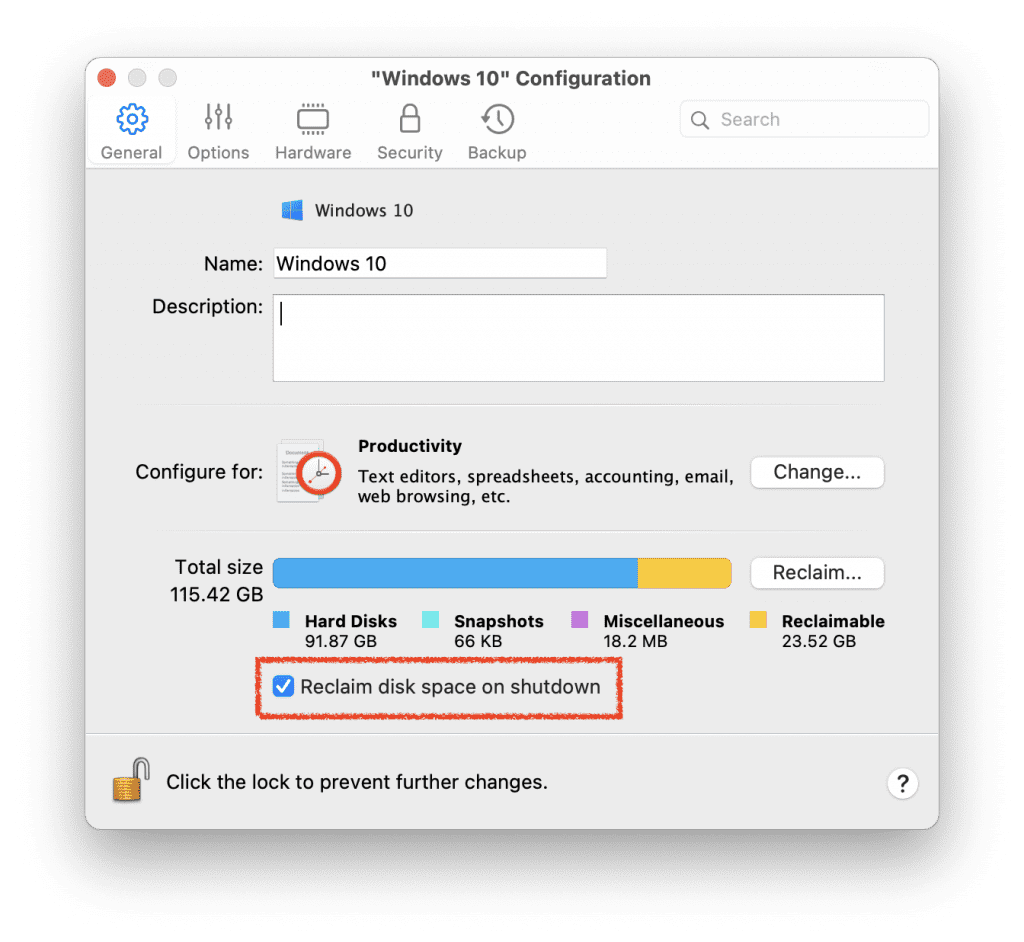
- #Parallels for mac free space for windows for mac#
- #Parallels for mac free space for windows license key#
- #Parallels for mac free space for windows mac os#
- #Parallels for mac free space for windows upgrade#
Windows can be transferred either directly, via a network, or using an external device.Ī virtual machine can simply be defined as a software or virtual computer, with all the characteristics and features of an actual (physical) computer system. For this, you need to download a system-export application on the PC.
#Parallels for mac free space for windows license key#
#Parallels for mac free space for windows for mac#
Unlike most other virtualization software that expects the users to already have a Windows (or Linux ) disk image or installer image, the Parallels Desktop for Mac gives you the option to either use an existing virtual machine or create a new one. Overall, the latest version of Parallels is fully compatible with BigSur 11 and above. Parallels Desktop 16.5 is also optimized for macOS BigSur – Apple’s latest desktop operating system for Macintosh computers. The latest version of Parallels Mac is compatible with several web operating systems, including Windows 7, 8.1, 10, DirectX, Linux, Google Chrome, and even Unix in Mac OS. The following are the key factors that help Parallels Desktop set apart from other virtualization software: Flexibility To help you gain an insight into what Parallels Desktop 16.5 for Mac has to offer, this section of Parallels review is going to discuss the most important features of the software. Continue reading for a detailed Parallels review ! Parallels Features As of now, there are 14 versions of Parallels on Mac available, with Parallels Desktop 16.5 for Mac being the latest – released in 2021. The best feature of Parallels for Mac is that the software is regularly updated. This was due to the underwhelming response from the Mac community, with many saying that the name makes the software sound like a Windows product rather than Mac’s. The first Parallels software was released in June 2006 with the name of Parallels Workstation but was later renamed as Parallels Desktop for Mac. The application is developed using desktop virtualization – a software based on Intel VT-x technology that creates a comprehensive simulated environment by virtualization of both hardware and software of the device it is used on.

#Parallels for mac free space for windows mac os#
Parallels Desktop is an application that allows you to use Windows and Linux operating system s and applications on Macintosh devices, alongside the Mac OS X. Parallels Desktop for Mac helps you do just that! What Is Parallels for Mac ? This requires many people to look for alternative ways to use them. However, many professional, creativity, and development apps don’t have native versions for macOS.
#Parallels for mac free space for windows upgrade#
It works very well for me but I know there will be a Fusion 11 upgrade offer any day now.Even if you are not a digital expert or a tech-savvy person, you would know that you cannot run a Microsoft Windows application on Mac devices. I've been using Fusion 10.1.2 with macOS Mojave Beta with Windows 10 Pro and various flavors of Ubuntu VMs and have not experienced any negative effects.


VMWare is admirably transparent about this, so it comes down to personal choice, but they usually entice you with just enough new bling to pull the upgrade trigger. Fortunately, for at least most cases with Fusion, their macOS aligned upgrade is not mandatory and you can continue to use the older version of Fusion if you can do without all the new bells and whistles. Nothing controversial, just the reality of maintaining version alignment and hygiene for the full suite of apps on your machine.

Sure, not having to pay Apple for the macOS upgrade is great, but the total cost of ownership associated with macOS upgrades is still far from zero. For users of Parallel and Fusion the yearly upgrade that is aligned with the latest version of macOS has become part of the de facto upgrade pricing for macOS itself.


 0 kommentar(er)
0 kommentar(er)
